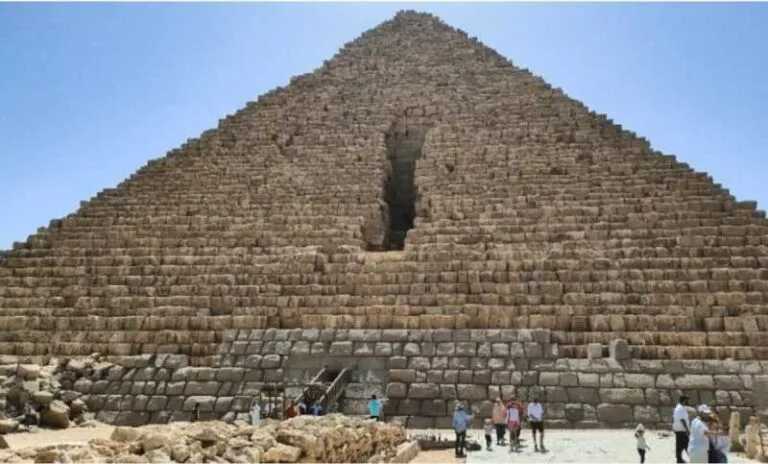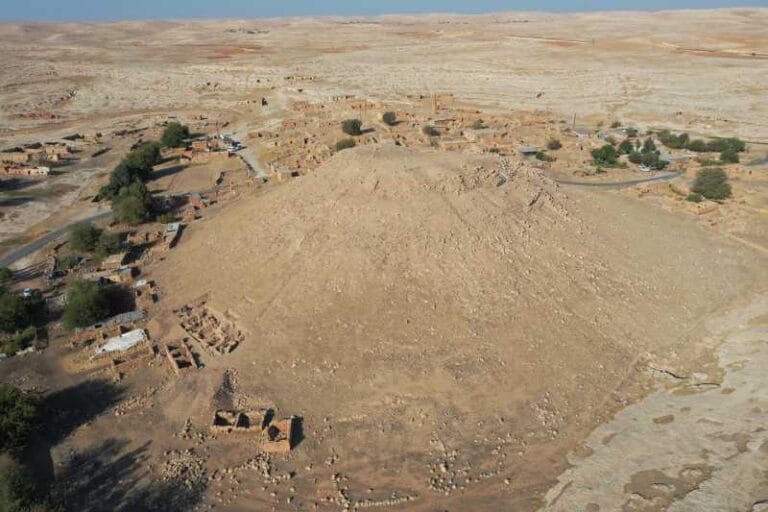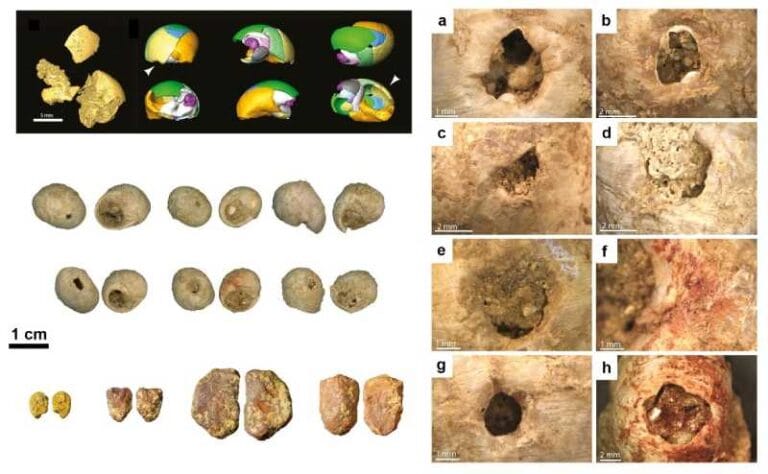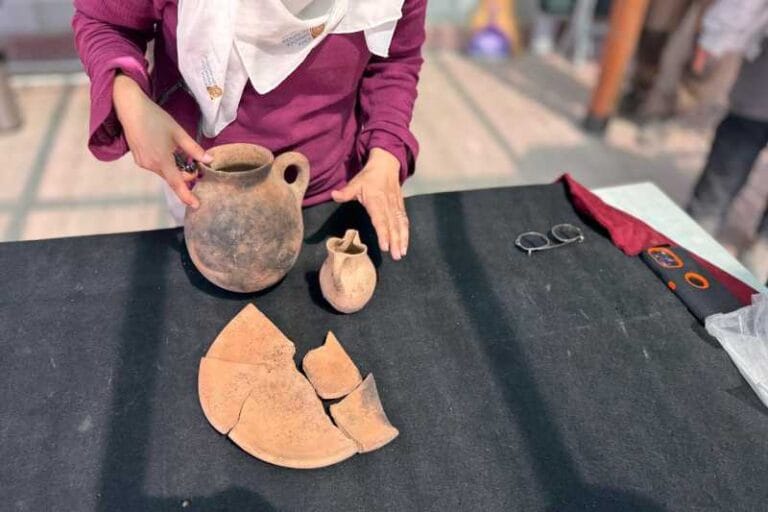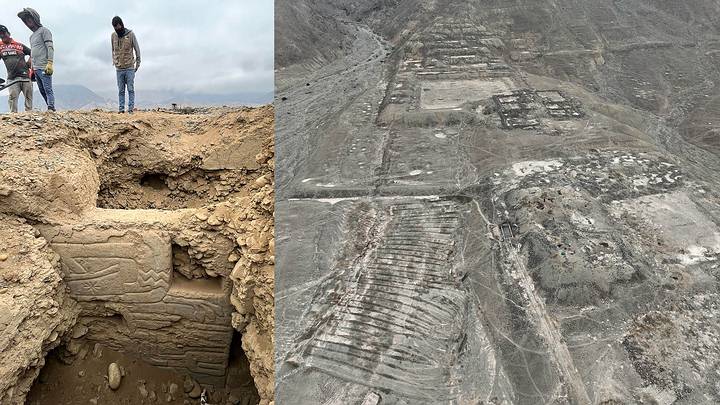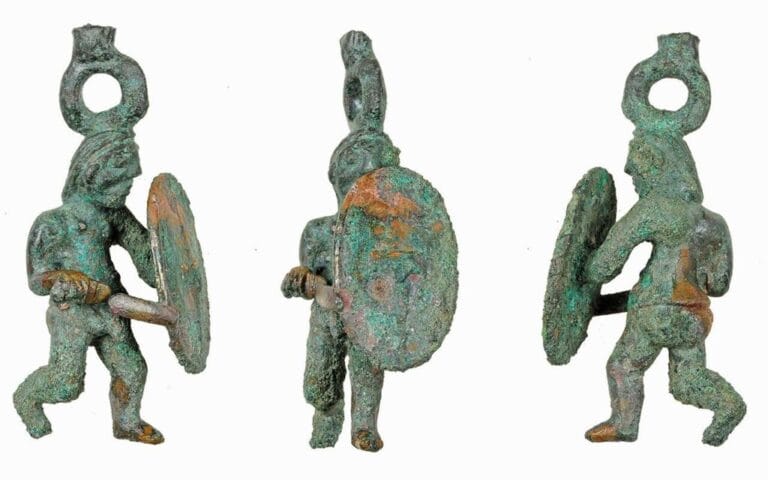Tomb of Amenhotep III Reopens After Meticulous Restoration
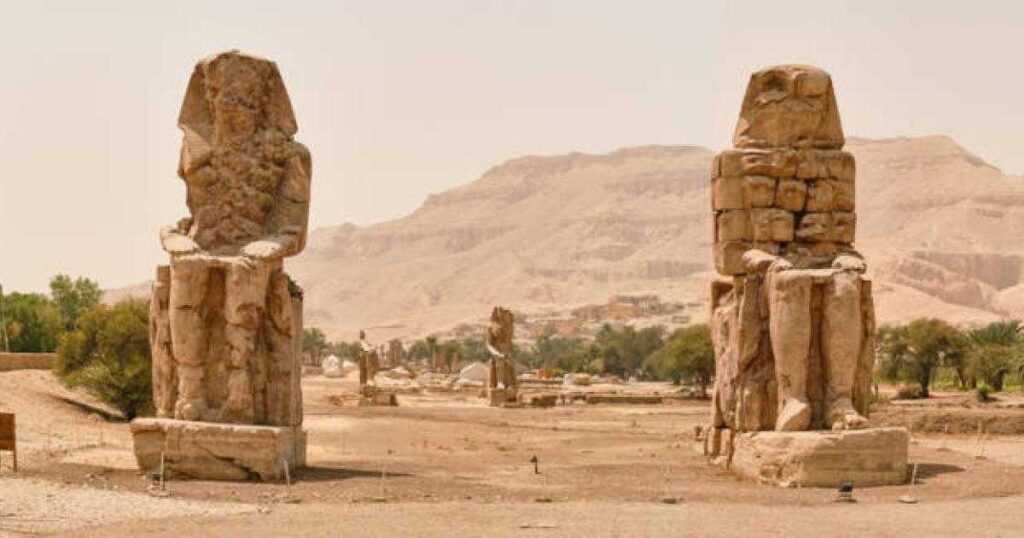
Egypt has officially reopened one of the most important royal tombs in the Valley of the Kings, following the completion of a remarkable 20-year restoration project. The tomb of Pharaoh Amenhotep III, who ruled Ancient Egypt during its golden age between 1390 and 1350 BCE, welcomed visitors again on October 4, 2025. The reopening marks a significant milestone for international archaeological cooperation and the preservation of world heritage.
The tomb of Amenhotep III is one of the largest in the Valley of the Kings, featuring a 36-meter-long sloping corridor and a depth of 14 meters that leads to three interconnected chambers. The main chamber housed the pharaoh himself, while the other two were intended for his wives, Queens Tiye and Sitamun.
The interior impresses with its artistic richness: paintings depict the pharaoh alongside Egyptian deities and scenes from the Book of the Dead. The ceiling displays yellow stars against a deep blue background, symbolizing the sky, while the walls of the burial chamber bear inscriptions from the Amduat, an ancient text meant to guide the deceased in the afterlife.
During the restoration, the team managed to reconstruct over 200 fragments of the pharaoh’s red granite sarcophagus lid, damaged over the centuries by looting. The piece, now reassembled, was placed on a specially designed metal base, allowing visitors to view the artifact in its original context.

Known as “Amenhotep the Great,” the pharaoh ascended the throne as a teenager and ruled for 38 years during the height of the New Kingdom. His reign was marked by unprecedented prosperity, remarkable artistic advancements, and significant diplomatic influence throughout the Ancient Near East. Among his achievements are monumental works such as expansions of the Temple of Karnak and the construction of the famous Colossi of Memnon.
The tomb of Amenhotep III was discovered in 1799 by French engineers Prosper Jollois and Édouard de Villiers du Terrage during Napoleon’s campaign in Egypt, although it had already been noted by earlier travelers. In 1915, British archaeologist Howard Carter — who would later gain fame for discovering Tutankhamun’s tomb — conducted the first full excavation, revealing the entire extent of the site, even though it had already been severely looted over the centuries.
The recent restoration modernized the tomb’s infrastructure, with new lighting systems, improved safety on the steep access staircase, and informative panels that help visitors understand both the historical significance of the monument and the preservation work carried out over the past two decades.
Restoration Result of International Collaboration
The restoration project of Amenhotep III’s tomb was carried out through an extraordinary partnership between the Egyptian Supreme Council of Antiquities, Japan’s Waseda University and Higashi Nippon University, and the UNESCO Japanese Trust Fund. The Minister of Tourism and Antiquities, Sherif Fathy, officially inaugurated the tomb alongside the Secretary-General of the Supreme Council of Antiquities, Dr. Mohamed Ismail Khaled, and the Director of UNESCO’s Regional Office in Cairo, Dr. Nuria Sanz.
The work was conducted in three distinct phases: the first from 2001 to 2004, the second from 2010 to 2012, and the final phase between 2023 and 2024. This meticulous planning allowed international experts to tackle the complex challenges that had affected the tomb since its discovery, including salt accumulation, structural damage, and deterioration of the mural paintings.
Tomb Reopening Boosts Tourism and International Cooperation
The reopening of Amenhotep III’s tomb takes place amid Egypt’s efforts to revitalize its tourism sector, a crucial source of foreign exchange. The event occurs just weeks before the scheduled inauguration of the Grand Egyptian Museum near the Giza Pyramids, set for November 1, 2025.

During the ceremony, Egyptian restorer Mohamed Mahmoud, who dedicated over twenty years of his career to the project, was given special recognition. Despite having reached retirement age, Mahmoud insisted on attending to witness the realization of his work, representing the dedication of countless Egyptian and international experts who made the project possible.
- See also: Archaeological Discovery in Manching: 40,000 Celtic Artifacts and a Rare Warrior Statuette
The project is a successful example of international cooperation in cultural heritage preservation, demonstrating how collaborative efforts can protect ancient treasures for future generations. The restored tomb now features protective measures that prevent further damage while still allowing the public to access one of Ancient Egypt’s most important archaeological sites.

